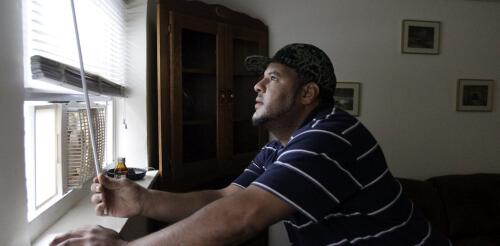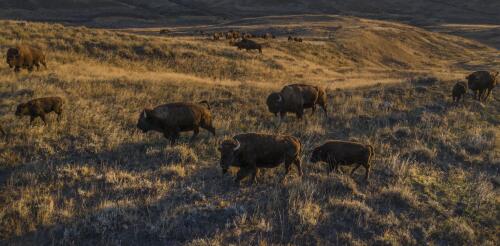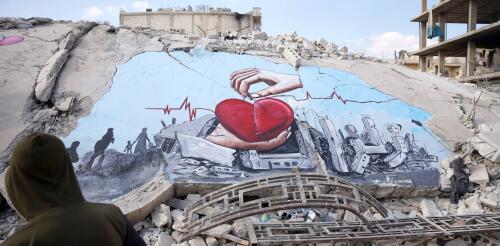Philanthropy and nonprofits
Green banks are starting to draw attention in the U.S., particularly since the federal government announced its first grant competitions under a national green bank program to bring clean technology and more affordable energy to low-income communities. But installing more solar and wind electricity generation isn’t the only way green banks can help. Massachusetts is launching an innovative new green bank that could become a model as states try to manage two crises at once: lack of affordable housing and climate change. While most green banks focus on clean energy, the Massachusetts Community Climate Bank is specifically designed to boost the state’s stock of sustainable, affordable housing. It comes at an opportune time: States can now tap into billions of dollars in new federal funding for green banks under the Inflation Reduction Act. So what exactly is a green bank, and how might it work for sustainable housing? What is a green bank? Despite the name, green b...
Heavy downpours and a thick snowpack in the Western mountains and Upper Midwest have put communities in several states at risk of flooding this spring – or already under water. Flooding is the costliest type of natural disaster in the U.S., responsible for about 90% of the damage from natural disasters each year. It happens almost every day somewhere in the country. Yet, much of the aging infrastructure meant to protect U.S. communities is in bad shape and, in some cases, failing. The American Society of Civil Engineers gave the nation’s dams, levees and stormwater infrastructure a D grade in its latest report card, in 2021. Help is coming. Congress authorized billions of dollars for infrastructure projects under the Infrastructure Investment and Jobs Act in 2021. But there’s a problem: New infrastructure planning frequently relies on historical flood patterns for its benchmarks rather than forecasts of changing risks as the climate warms. We study flood ris...
Driving north on state Highway 66 through the Fort Belknap Indian Reservation in central Montana, it’s easy to miss a small herd of bison lounging just off the road behind an 8-foot fence. Each winter, heavy snows drive bison out of Wyoming’s Yellowstone National Park – the only place in the U.S. where they have lived continuously since prehistoric times – and into Montana, where they are either killed or shipped off to tribal lands to avoid conflict with cattle ranchers. In the winter of 2022-2023 alone, over 1,500 bison have been “removed,” about 25% of Yellowstone’s entire population. The bison at Fort Belknap are refugees that have been trucked 300 miles to the reservation from past Yellowstone winter culls. Although bison are the U.S. national mammal, they exist in small and fragmented populations across the West. The federal government is working to restore healthy wild bison populations, relying heavily on sovereign tribal lands...
On April 19, 2023, the Boy Scouts of America declared that it has exited its bankruptcy case after clearing one of the last legal hurdles in its way. Some insurance companies and sex abuse claimants objected to the Boy Scouts’ plan to pay claimants, but the 3rd U.S. Circuit Court of Appeals held that the plan can go ahead anyway while the insurers’ appeal is pending. It’s now possible to begin the process of paying at least US$2.45 billion to resolve about 82,000 claims against the Boy Scouts and affiliated entities asserted by people who allege that they were sexually abused as children over the past 80 years. The Boy Scouts operate through the national organization known as the BSA, which includes hundreds of separate but affiliated organizations known as local councils, and faith-based or civic groups called chartered organizations. Because these troop-sponsoring nonprofit organizations across the country are responsible for ensuring the safety of children...
The earthquakes that struck southeastern Turkey and northern Syria in early February 2023 have killed at least 47,000 people and disrupted everyday life for some 26 million more. Survivors of big disasters like these earthquakes – among the worst in the region’s history – certainly need food, water, medications, blankets and other goods. But they also need psychological first aid – that is, immediate mental health counseling along with support that strengthens their connections with their friends, relatives and decision-makers. As scholars who study how disaster survivors benefit from preserving connections to people in their networks, we know that these social ties help with the recovery from traumatic events that cause significant upheaval. But often in the rush to keep survivors fed, warm and housed, we’ve observed that the flow of support that focuses on meeting their psychological needs falls short of what’s needed. Emergency response...




